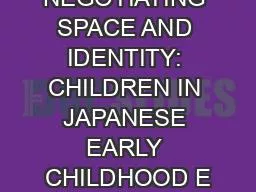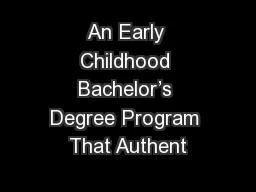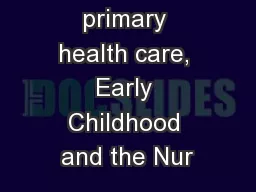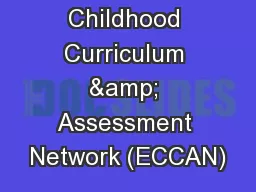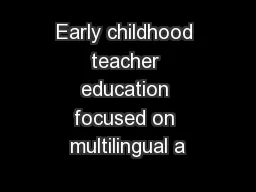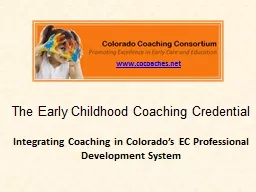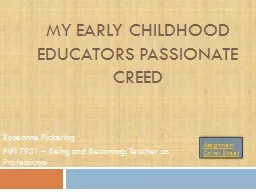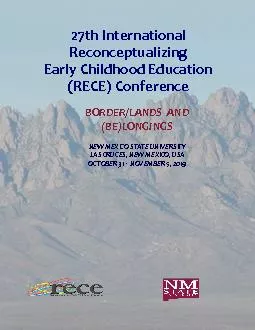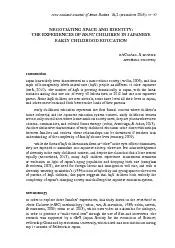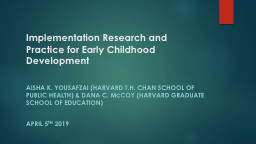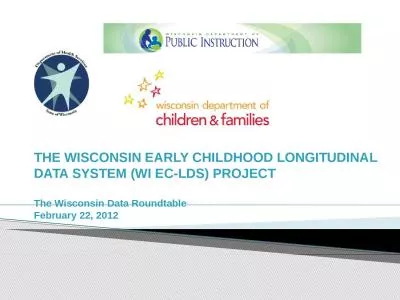PDF-NEGOTIATING SPACE AND IDENTITY: CHILDREN IN JAPANESE EARLY CHILDHOOD E
Author : maniakiali | Published Date : 2020-11-19
New Zealand Journal of Asian Studies The PS3C method involved observing and x00660069lming a class of fouryearolds over a twomonth period at the public kindergarten
Presentation Embed Code
Download Presentation
Download Presentation The PPT/PDF document "NEGOTIATING SPACE AND IDENTITY: CHILDREN..." is the property of its rightful owner. Permission is granted to download and print the materials on this website for personal, non-commercial use only, and to display it on your personal computer provided you do not modify the materials and that you retain all copyright notices contained in the materials. By downloading content from our website, you accept the terms of this agreement.
NEGOTIATING SPACE AND IDENTITY: CHILDREN IN JAPANESE EARLY CHILDHOOD E: Transcript
Download Rules Of Document
"NEGOTIATING SPACE AND IDENTITY: CHILDREN IN JAPANESE EARLY CHILDHOOD E"The content belongs to its owner. You may download and print it for personal use, without modification, and keep all copyright notices. By downloading, you agree to these terms.
Related Documents

